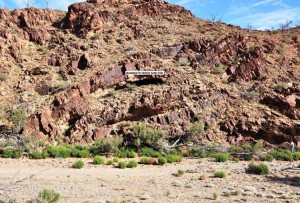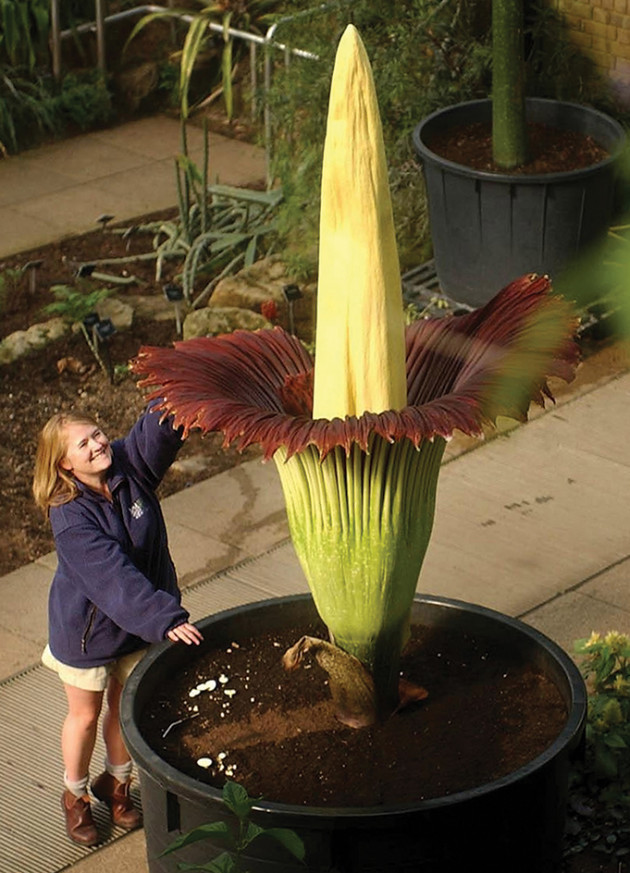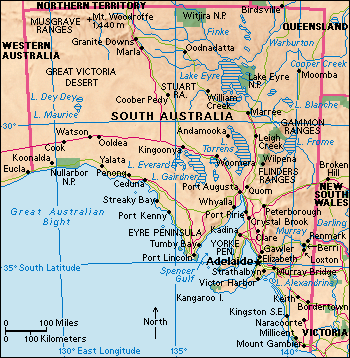South Australia’s Ancient Warratyi
Wednesday, November 16th, 2016November 16, 2016
A brief call of nature recently led an Aboriginal man to discover a site preserving some of the oldest known evidence of human settlement in Australia. Clifford Coulthard, an Adnyamathanha elder, stumbled across a rock shelter during a brief bathroom break while surveying in the northern Flinders Range with archaeologist Giles Hamm of La Trobe University in Melbourne. The Adnyamathanha are the Aboriginal people of Australia native to the Flinders Range of South Australia. Subsequent excavations at the rock shelter, called Warratyi, unearthed ancient tools, bones, and other artifacts that are dated to about 49,000 years ago–only about 1,000 years after the first humans arrived in Australia.

The Warratyi rock shelter lies in the desert landscape of South Australia’s Flinders Range. Credit: © Giles Hamm, La Trobe University
Warratyi sits above a desert landscape crossed with deep gorges about 340 miles (550 kilometers) north of Adelaide. In prehistoric times, the rock shelter offered protection from the wind, heat, and cold, as well as a commanding view of the once-stream-filled landscape below. Archaeologists excavated some 4,300 stone artifacts and hundreds of animal bones, emu egg shells, and other materials from layers deep within the site. They estimate that people occupied Warratyi on and off for about 40,000 years, finally abandoning the site about 10,000 years ago when conditions became impossibly dry.
One sharpened bone tool from Warratyi, called a uni point, was used to hunt big game. Archaeologists also excavated bones from a Diprotodon—a prehistoric giant wombat that was the largest marsupial that ever lived. Many archaeologists believe these animals and other Australian megafauna (giant animals) became extinct because of hunting by early humans. Some tools bore tiny bits of feathers as well as red ocher and white gypsum, two common minerals that were used as pigments (coloring materials) by Aboriginal people. Archaeologists believe the tools were decorated and perhaps used for ceremonial purposes.
Archaeologists know that the ancestors of today’s Aboriginal people arrived in Australia at least 50,000 years ago. Scientists believe that these first people came by boat from Southeast Asia, the closest land that was inhabited by human beings at that time. Archaeologists have long thought that the first people to arrive likely lived along the forested and well-watered coast where resources were abundant. Archaeologists believed the dry southern interior of Australia was too inhospitable for these early people. They thought the people of 50,000 years ago could not have survived in regions such as the Flinders Range because they did not yet have the technology to survive the challenging environment. The Warratyi rock shelter, however, proves that Australia’s earliest humans were capable explorers who could quickly adapt even to the harsh conditions of the continent’s arid interior.




